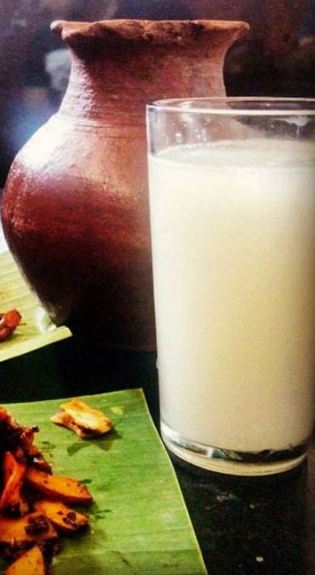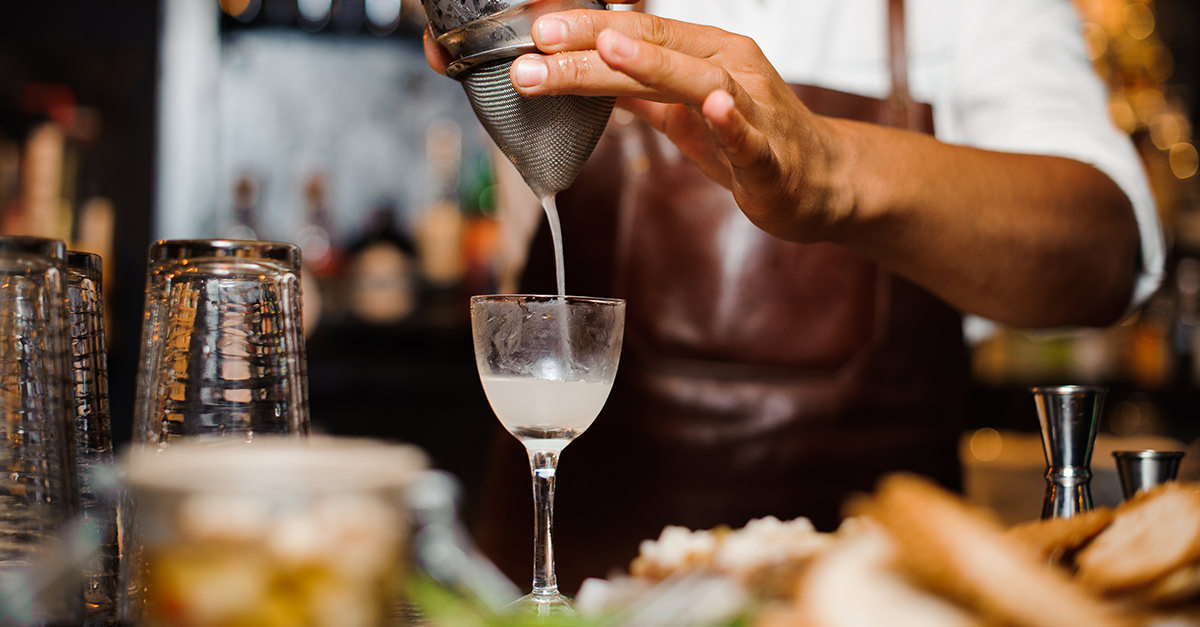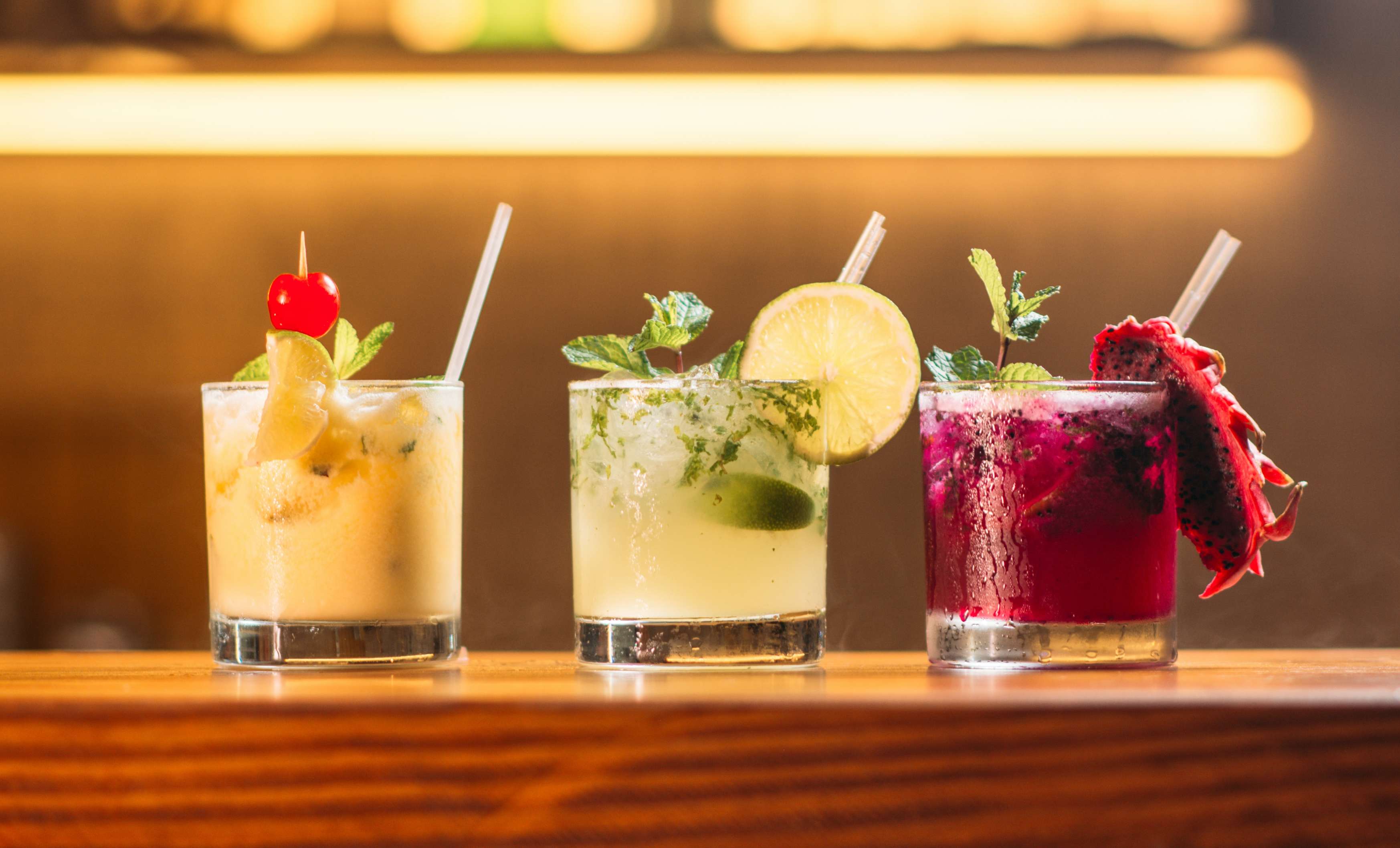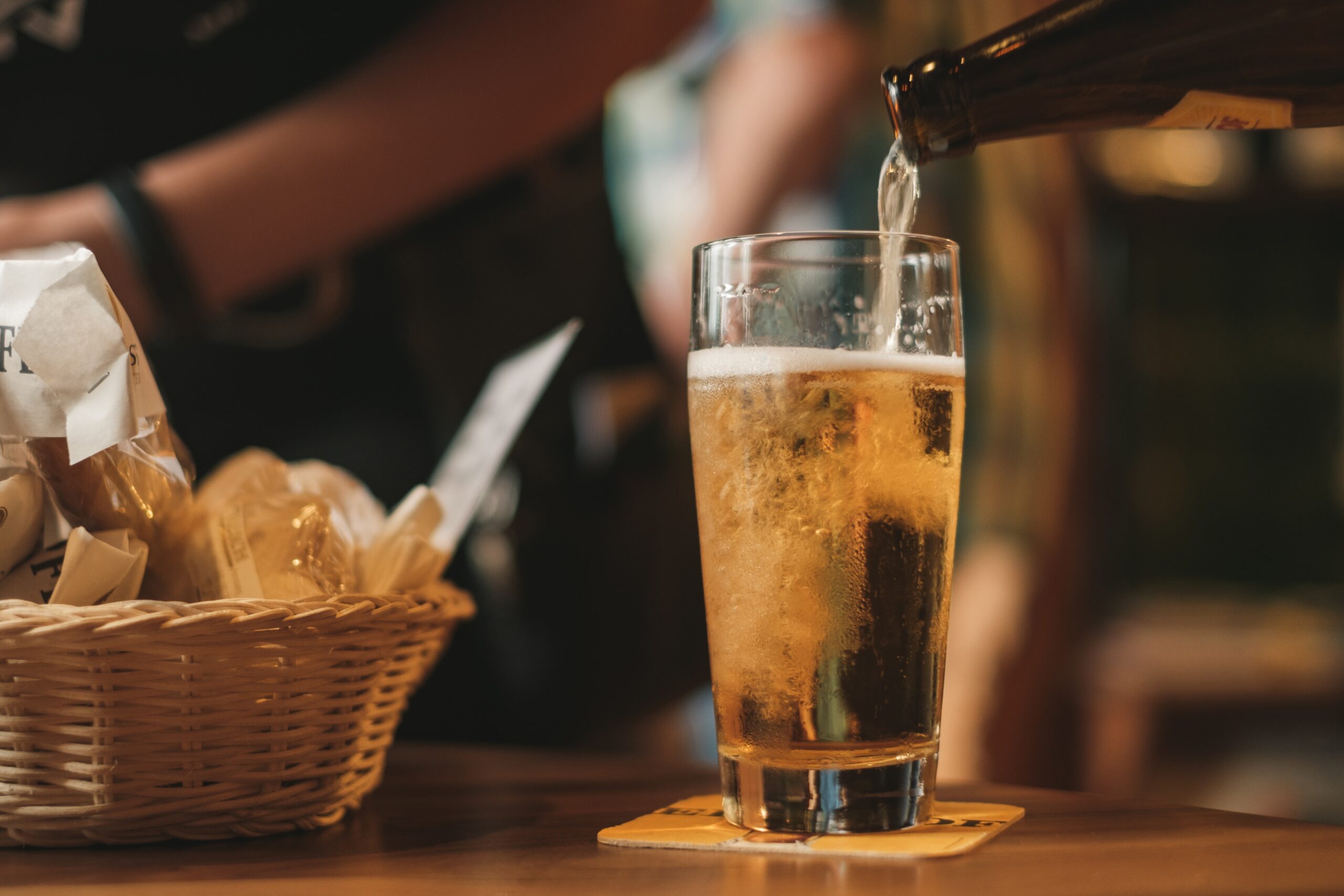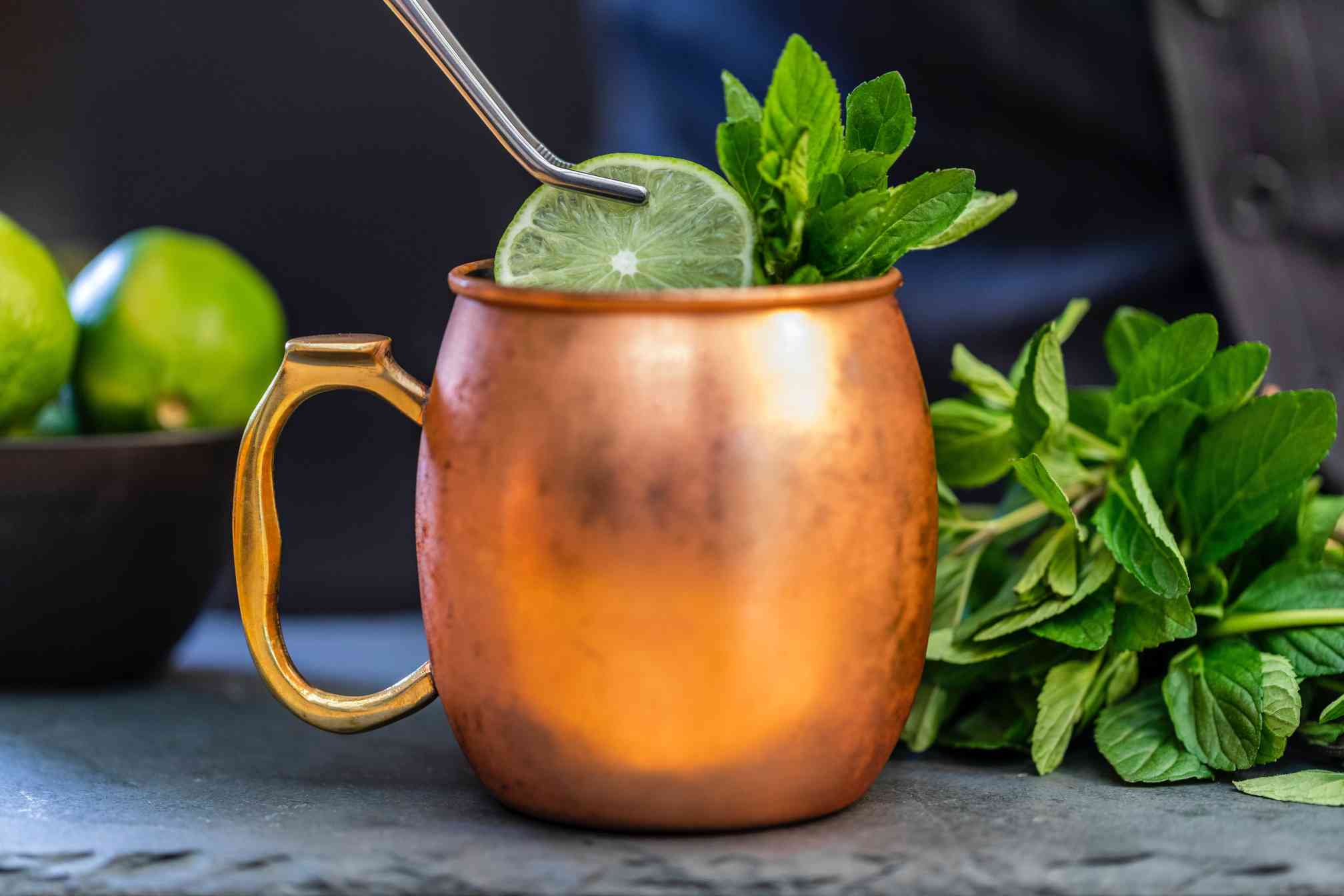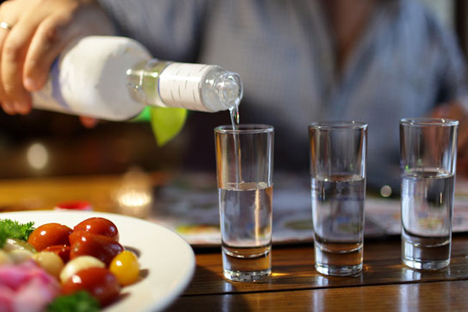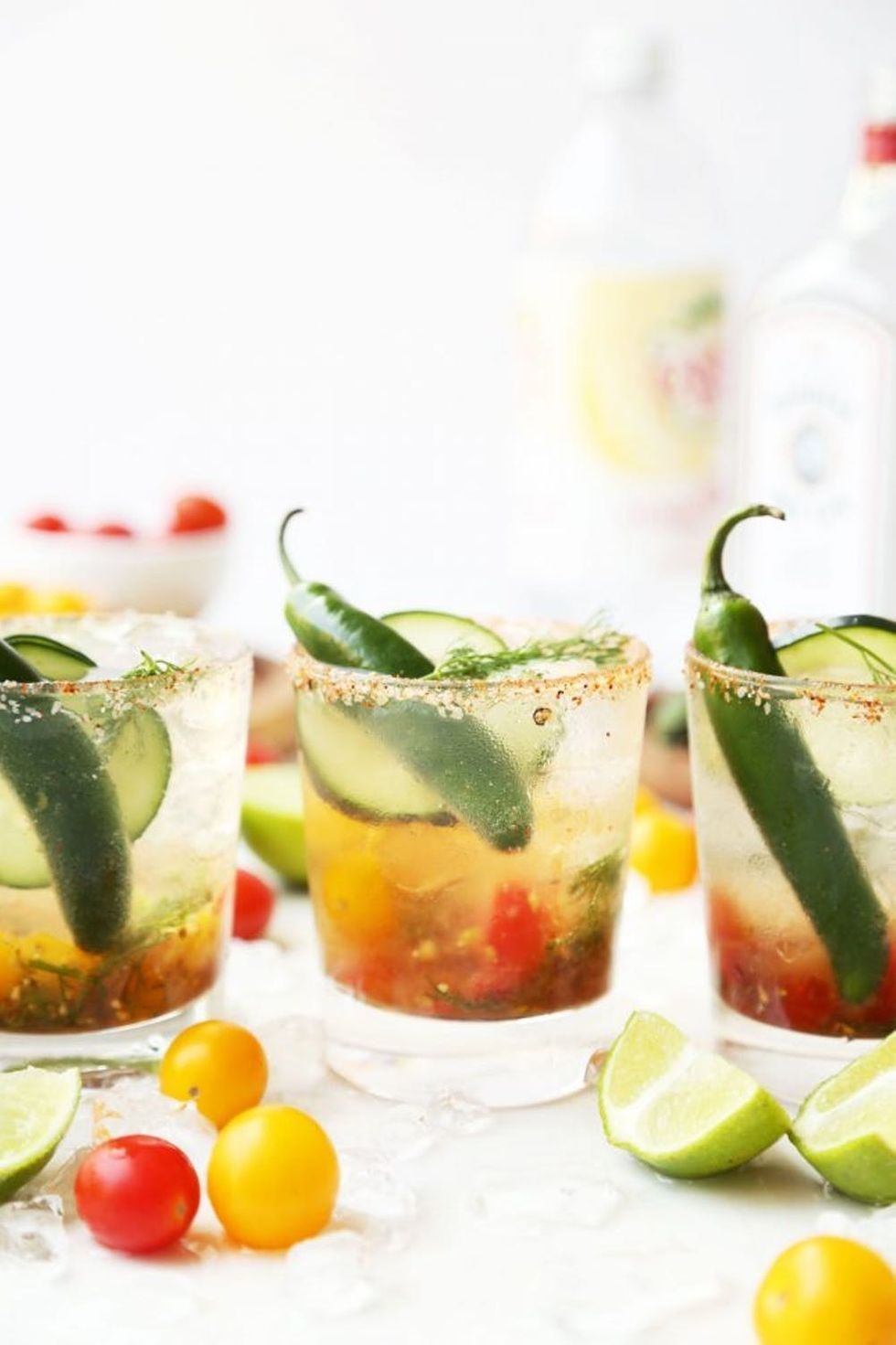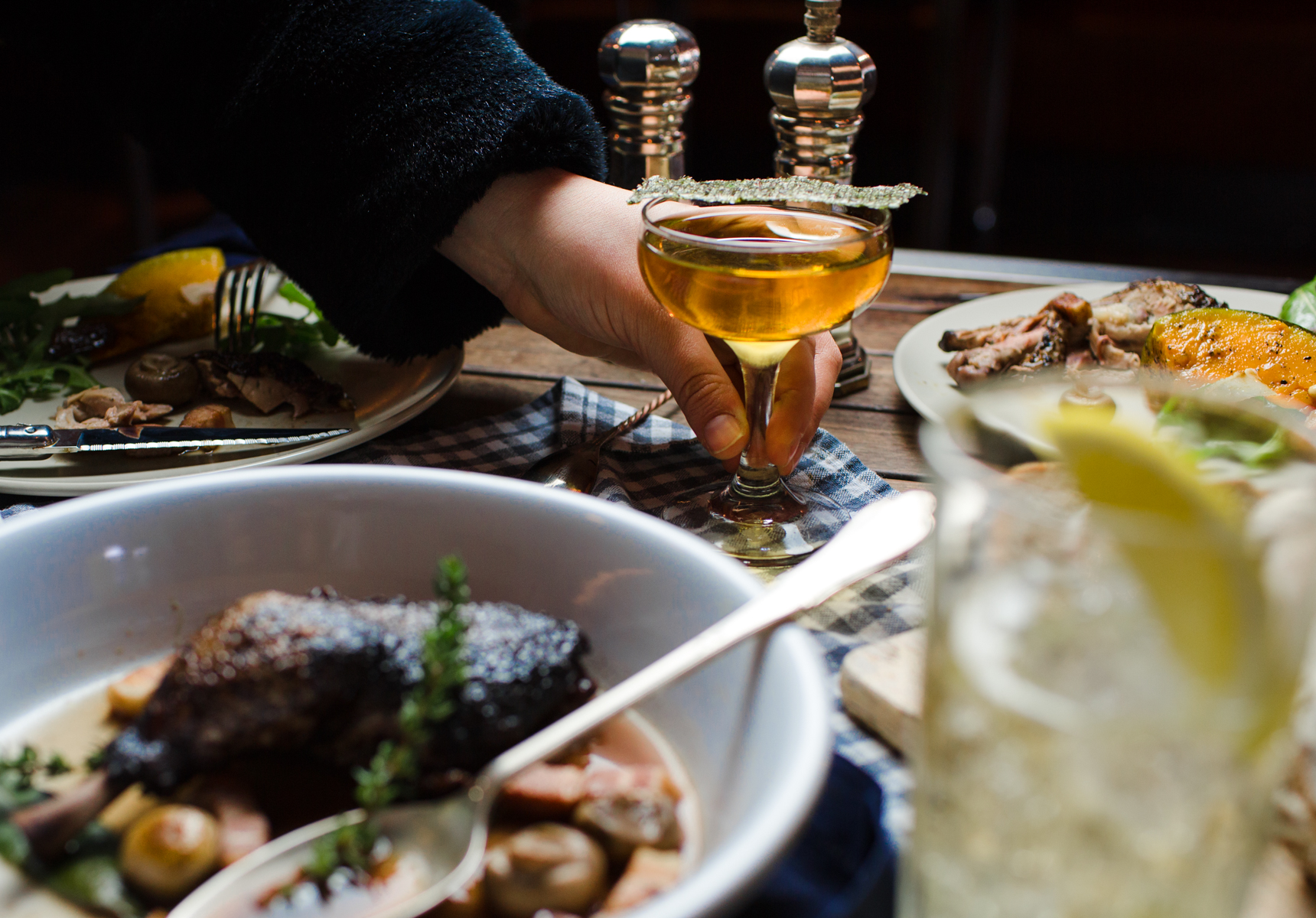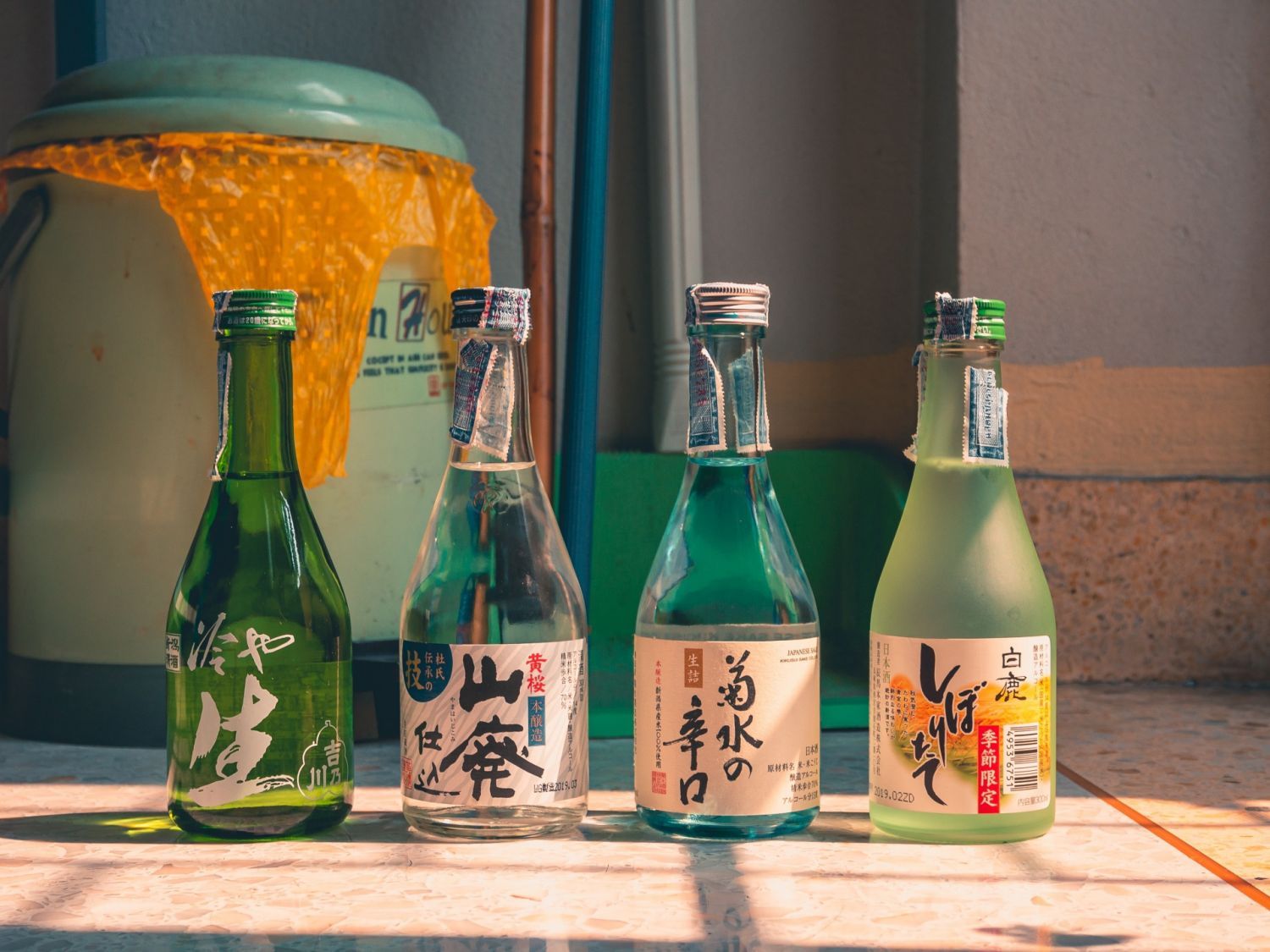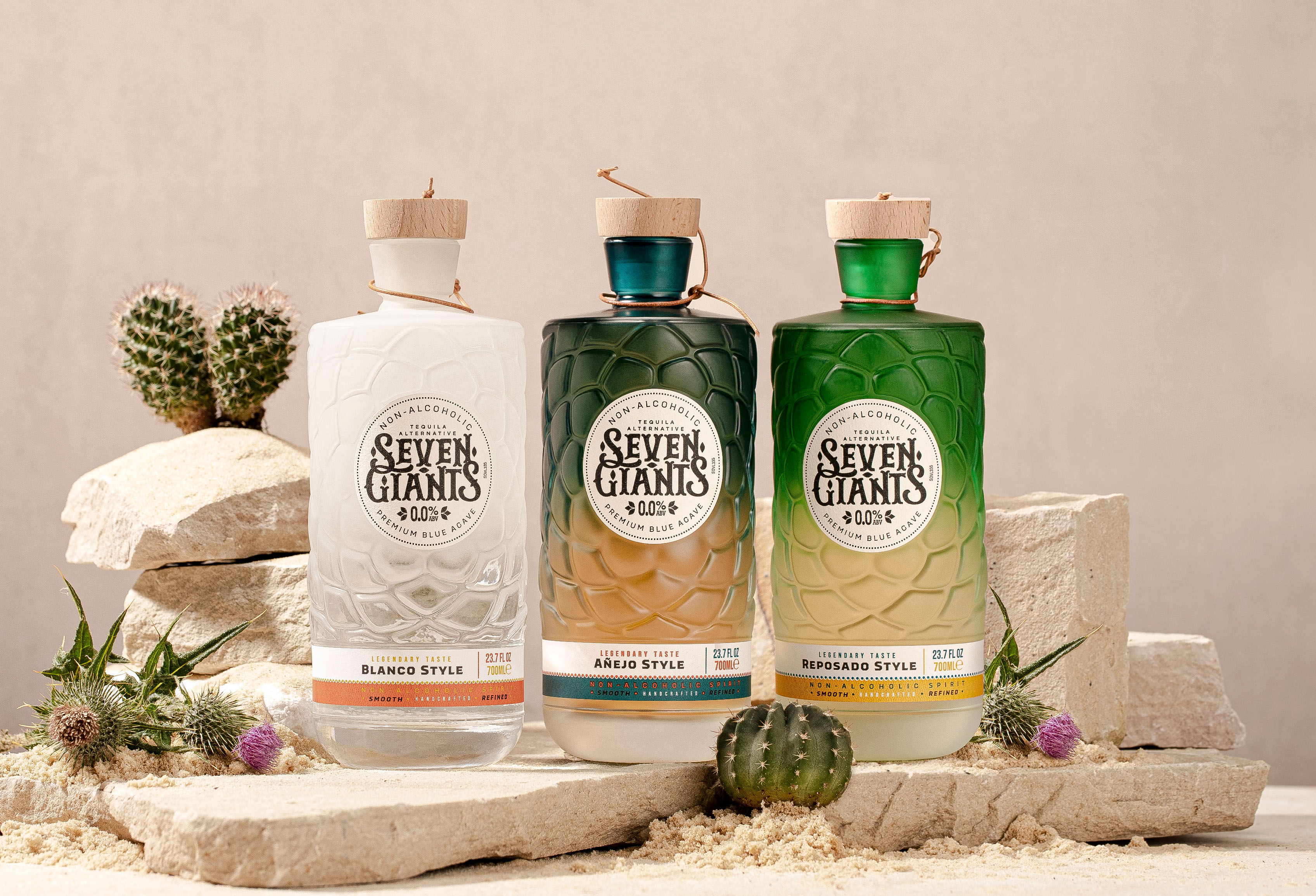The Himalayan region stretches for 2,500 km across India and is filled with wonder! With its lofty hills, lush landscape, and deep valleys, drinking in the mountains is an experience like no other. However, there’s nothing more amusing than drinking some local Himalayan beverages to get the true taste of the mountains, enhancing the adventurous vibe altogether. The states situated in the Himalayan area offer a diverse range of local beverages made using traditional methods. Want to know more? Keep reading our article on 7 local Himalayan drinks to try.
7 Local Himalayan Drinks To Try
- Chulli
- Lugdi
- Apo
- Chuak
- Zutho
- Tongba
- Burans
1. Chulli
Coming from the breathtaking region of Himachal Pradesh, chulli is a famous alcoholic liquid made with apples and apricots. Its sweet and fruity flavor is what draws many travelers to try this iconic Himalayan drink. Chulli also goes by the local name Ghanti or Kinnauri Ghanti in the area, so don’t get confused if anyone uses those names.
Once you have a sip of this local beverage, you’ll find that it leaves a mild and smooth finish on your palate. You can have this drink with water or mixed with any cold drink. If you like experimenting with cocktail mixes, some also consider chulli as a substitute for vodka. So, don’t forget to take a bottle or two of this exotic liquid with you home; it’ll be another addition to your bar. Plus, it’s known to have medicinal properties as it helps relieve colds and coughs, giving you even more reasons why you should indulge in this drink.
Also Read: 5 Local Liquors Around The World You Need To Try
2. Lugdi
If you watched Yeh Jawaani Hai Deewani, you would’ve seen Ranbir Kapoor drinking this local drink. Now, you can do it too, when you reach Manali in Himachal Pradesh! Lugdi, also known as Lugri, is a type of beer made from cooked rice or barley. It’s traditionally prepared by boiling the cereal (rice or barley) with a special herb and then leaving the mixture to ferment under moderate temperature. The liquid is then consumed undistilled.
The local tribes of Himachal Pradesh such as Kinnara, Lahaula, Swangia, and Pangwala are known to be avid drinkers of this beverage. Lugdi is prepared in the summer season because the weather helps with the fermentation process. Once prepared, some locals prefer storing it until winter as the liquid helps to warm the body when consumed. Apart from that, this magical elixir is had whenever there’s any religious occasion, festival, or social gathering.
Also Read: Unsung Heroes of India: Local Liquors
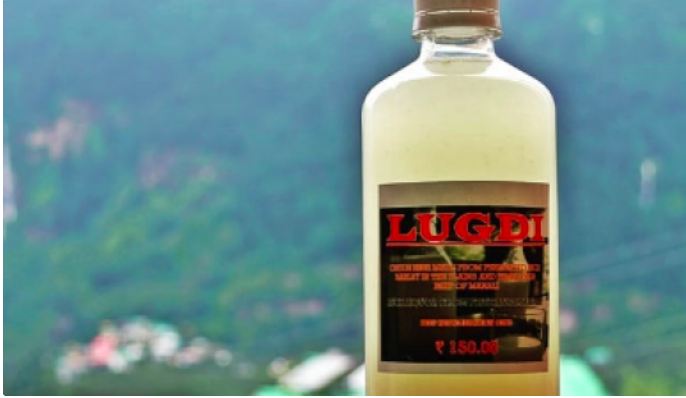
3. Apo
If you’re fond of rice beers, then you should definitely try apo out whenever you visit Arunachal Pradesh. It’s a traditional drink made up of fermented rice and a variety of medicinal herbs. It takes around 3 months to make this drink and is served in mugs made up of bamboo shoots.
The drink can be intoxicating in nature since its alcohol content is about 18-25%. The Nyishi people, an important tribal community that forms a majority of the Arunachal’s tribal population, are known for founding apo. The community serves this drink during ancestor worship ceremonies and any religious functions, making it an element of celebration. Moreover, you can easily find this beverage in any local market in Arunachal Pradesh, so you won’t have any difficulty searching for it.
Also Read: 8 Indian Alcoholic Drinks To Try
4. Chuak
Chuak is another fermented rice beer that comes from Northeast India, this time from the glorious state of Tripura. Its strong, pungent flavors will definitely put you in a buzz, so it’s safe to say that this drink is not for the faint-hearted.
Just like apo, chuak is also a drink that’s served for special occasions and religious rituals. Any wedding in Tripura is incomplete without sharing a glass of chuak with each other; this is how significant this beverage is. When it comes to brewing, it’s usually done by the elders of the community who are experienced and that’s how the level of quality is maintained.
Also Read: Top 8 Whisky Brands In India
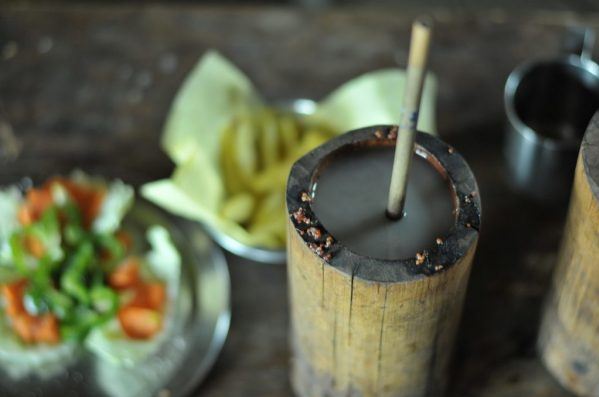
5. Zutho
If you want to try another type of rice beer, then you should have a sip of zutho. Produced in the flourishing state of Nagaland, this enriching drink has a fruity punch to its flavor and it’s something you’re surely going to enjoy. Going by other traditional names such as Thutshe or Khe, this auspicious Nagaland liquid is made from sprouted rice grains (piazu) and has a unique taste as compared to other rice beers. It’s tradition for the bride’s family to bid the newlyweds with enough rice beer in the Naga community, making this drink an important element in all festivities.
If you ever plan on visiting the Hornbill festival, which takes place between the 1st and 10th of December, then this drink is a must-have. The Hornbill festival is one of Nagaland’s greatest celebrations of the culture it possesses, put together in song, dance, and scrumptious food. While you’re at the event, you’ll be served zutho in bamboo sheet glasses, which enhances the traditional experience altogether.
Also Read: How To Drink Like A Local Around The Globe
6. Tongba
Tongba is a revered alcoholic drink found in the beautiful state of Sikkim and the aesthetic town of Darjeeling. It’s prepared out of fermented millet and contains low alcohol content. So, if you’re looking for a local drink that’s not too heavy for you, then you can try having a glass of this beverage.
Although tongba is the usual name this drink goes by, it’s just the name of the container that holds the millet-brewed liquid called mandokpenaa thee. This liquid is left undisturbed in a pot for 6 months to mature so that its flavors enhance. And when it’s matured enough, mandokpenaa thee is put into a separate mug (tongba) with boiled water in it. It’s then served after five minutes of cooling with a wooden straw as an added touch.
Also Read: Best Homegrown Gin Brands
7. Burans
If you’re ever vacationing in Uttarakhand, don’t forget to stop at a local stall in the state and try a fresh glass of burans. Burans is the state flower of Uttarakhand and it can also be found in the hilly areas of Bhutan, Nepal, and Pakistan. However, this small tree has its roots exclusively in India (pun intended).
When served in a transparent glass, the drink looks as if it’s strawberry or raspberry syrup. But once you take a single sip of it, you immediately come to know that you have tasted something unique. It has a sweet distinctive taste that will make you ask for another glass. Also, the drink is used as an appetizer and mountain sickness reliever. So if you’re ever going trekking, try taking a bottle of burans with you.
Also Read: 7 Best Fruit Wine Brands To Buy In India
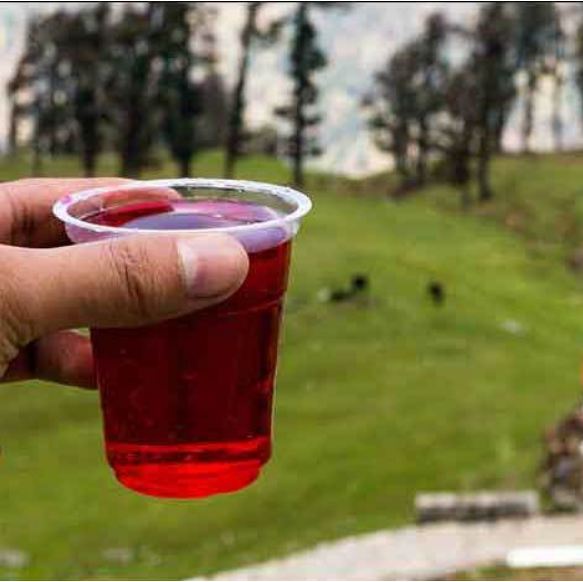
Summing Up
There’s nothing more satisfying than having something made locally, and now you know some of the best local Himalayan drinks to try. So, make sure that you taste them and experience what drinking from a height feels like.
FAQs
Which Drink Is Famous In Manali?
Lugdi is the most popular alcoholic drink in Manali which can be found easily in any local store.
What Is Apo Beer?
Apo beer is a type of beer that is made of rice and found in the Northeastern region of Arunachal Pradesh.
What Ingredients Are Used To Make Zutho?
Zutho is made by using sprouted rice grains (known locally as piazu) and has a distinct taste as compared to other types of rice beers.
How Much Alcohol Does Tongba Contain?
The alcohol content in Tongba is about 2% high and is much milder than other alcoholic local drinks.
What Are Some Of The Most Visited Places In Uttarakhand?
Some of the most visited places in Uttarakhand are Nainital, Mussoorie, Chakrata, and Rishikesh.
Why Is Sikkim Famous?
Sikkim is known for its beautiful climate, serene landscape views, and Kanchenjunga – the highest peak in India and third highest in the world.
